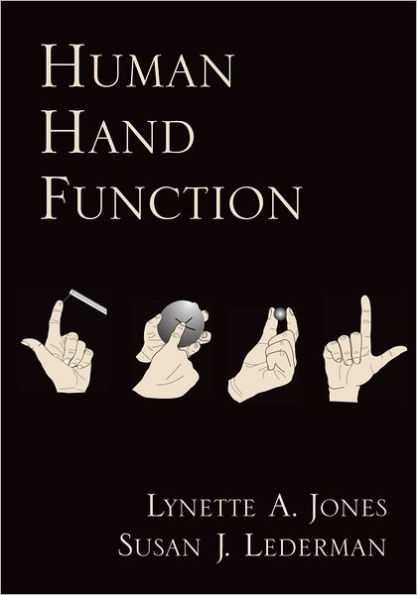5
1
9780195173154




Human Hand Function
- ISBN-10:
- 0195173155
- ISBN-13:
- 9780195173154
- Pub. Date:
- 04/20/2006
- Publisher:
- Oxford University Press
- ISBN-10:
- 0195173155
- ISBN-13:
- 9780195173154
- Pub. Date:
- 04/20/2006
- Publisher:
- Oxford University Press

Human Hand Function
$115.0
115.0
In Stock

Product Details
| ISBN-13: | 9780195173154 |
|---|---|
| Publisher: | Oxford University Press |
| Publication date: | 04/20/2006 |
| Edition description: | 1ST |
| Pages: | 280 |
| Product dimensions: | 10.00(w) x 7.33(h) x 1.00(d) |
About the Author
From the B&N Reads Blog
